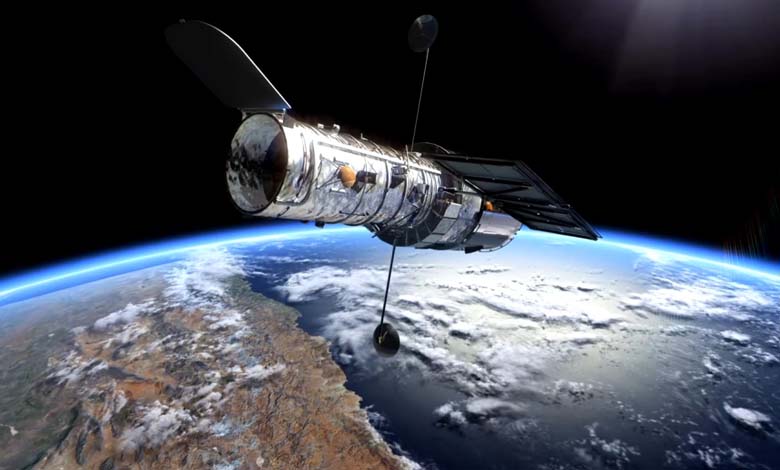A Stunning Image from Space… Capturing the Full Scene of a “Cosmic Snowball”

In a breathtaking and extraordinary scene, the Hubble Space Telescope captured a stellar gathering that appears like a “cosmic snowball” in the Large Magellanic Cloud, a satellite galaxy of the Milky Way.
This stellar assembly is known as NGC 2210, and it is a globular star cluster located in a dwarf galaxy associated with the Large Magellanic Cloud (LMC), part of the Milky Way.
Although NGC 2210 was first discovered in 1835 by John Herschel, 2023 marks the first time the Hubble Telescope has captured a complete image of this captivating globular cluster.
The resulting image not only holds immense scientific value but also serves as a testament to the stunning beauty within our universe, according to the space-focused website “Space.”
The age of this globular star cluster, situated about 158,000 light-years from Earth, is estimated at around 11.6 billion years, making it relatively small compared to other globular clusters in the Large Magellanic Cloud and the oldest ones in the halo of the Milky Way.
Ironically, this means that although NGC 2210 is about 2.2 billion years younger than the universe itself, it is, in fact, one of the youngest globular clusters studied by astronomers in the Large Magellanic Cloud.
Other clusters observed in the same location are older than NGC 2210, with four of them appearing to be over 13 billion years old, indicating their formation just a few hundred million years after the Big Bang.
The key to the long lifespan of globular clusters, which can contain thousands to millions of stars, lies in the fact that they are strongly bound by gravity, making them highly stable and thus excellent targets for astronomers aiming to study extremely old star groups.
The fact that NGC 2210 and other globular clusters in the Large Magellanic Cloud share similar ages with those in the Milky Way’s halo piques the interest of astronomers. It suggests that both groups formed around the same time, despite the independent birth of the Large Magellanic Cloud and our galaxy.












